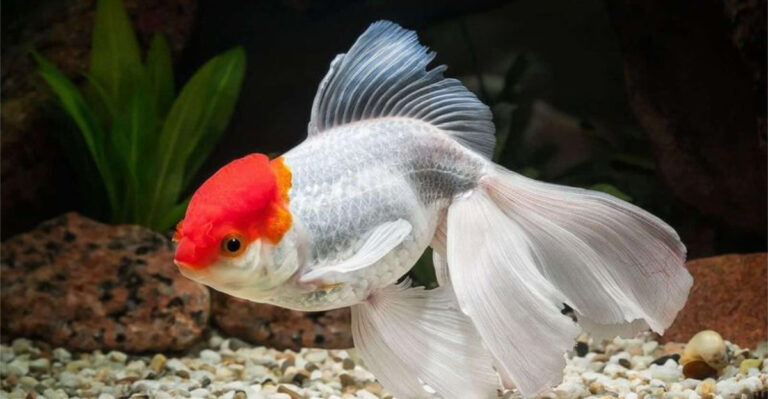14 Sweet Honey Bee Facts You Should Know
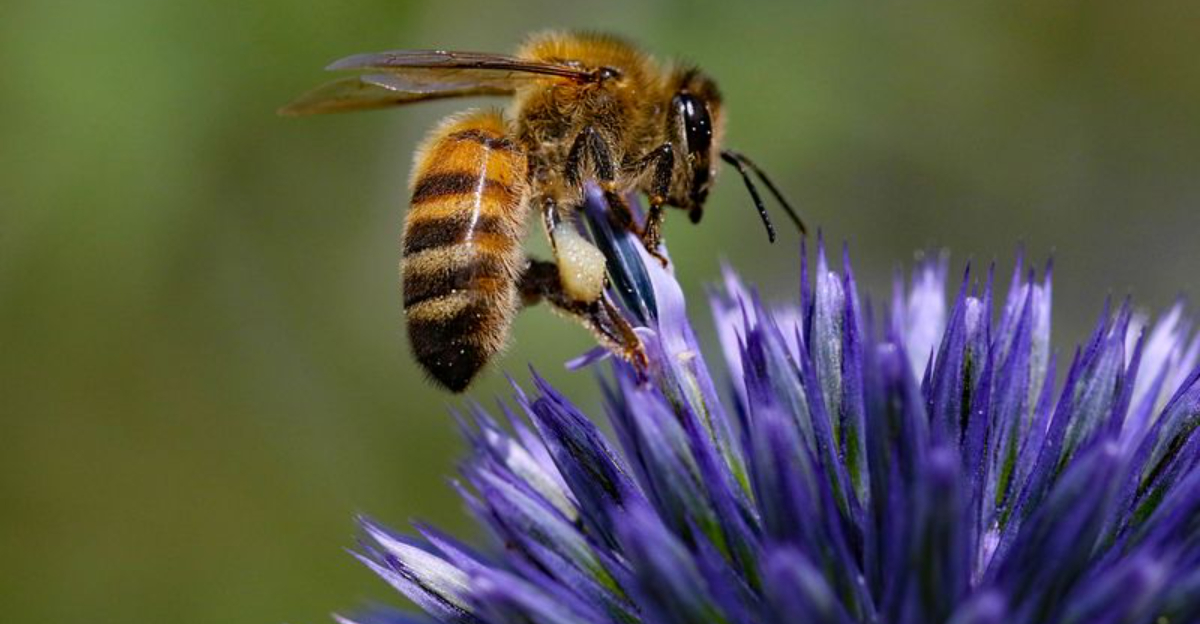
Buzzing through gardens and orchards worldwide, honey bees are remarkable creatures that do far more than just make honey.
These tiny insects are essential pollinators responsible for about one-third of the food we eat. From their complex social structures to their incredible communication methods, honey bees showcase nature’s engineering at its finest.
1. Dancing Bees Send Messages
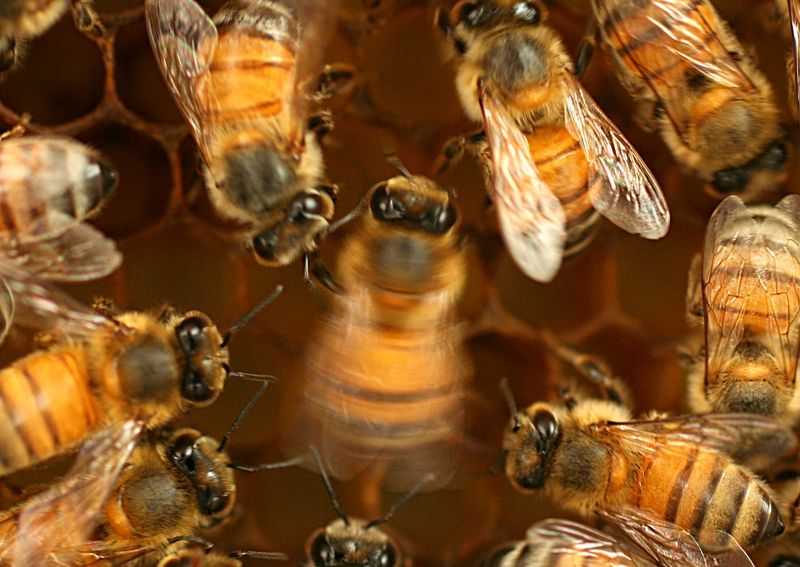
Shake it like a polaroid picture! Bees perform a ‘waggle dance’ to tell hivemates where to find food. The dance’s direction and duration indicate the exact location of nectar sources.
Other bees follow these dance moves to navigate to flowers up to six miles away. It’s like having GPS built into their tiny bodies!
2. Queen Bees Are Super-Moms
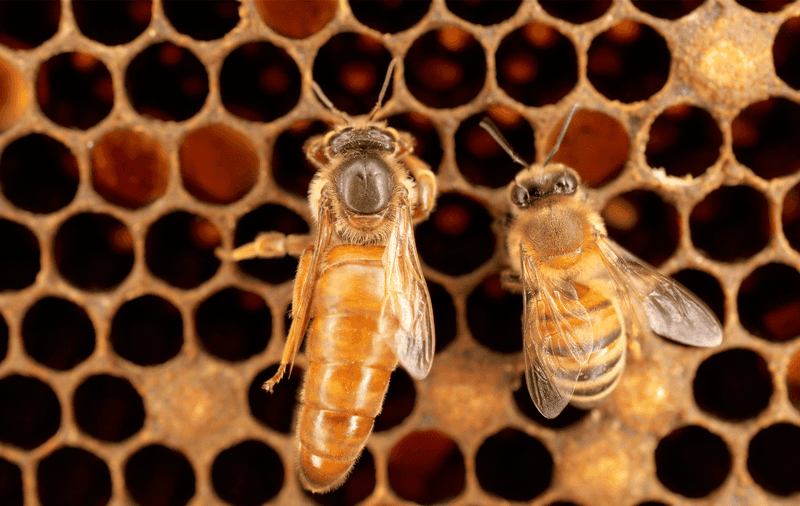
Talk about productivity! A queen bee can lay up to 2,000 eggs daily during peak season. That’s one egg every 43 seconds!
She’ll produce up to 1 million eggs in her lifetime, and can live for 3-5 years. Worker bees, meanwhile, typically survive just 6 weeks during busy summer months.
3. Bees Have Five Eyes
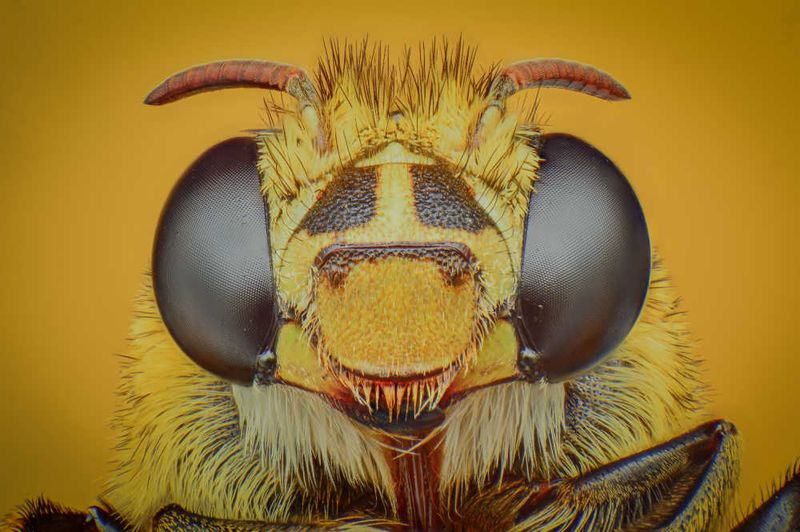
Looking in all directions! Honey bees possess two large compound eyes made up of thousands of tiny lenses, allowing them to see ultraviolet light invisible to humans.
They also have three simple eyes called ocelli on top of their heads. These detect light intensity and help with navigation, especially when flying at dawn or dusk.
4. Flying Marathoners
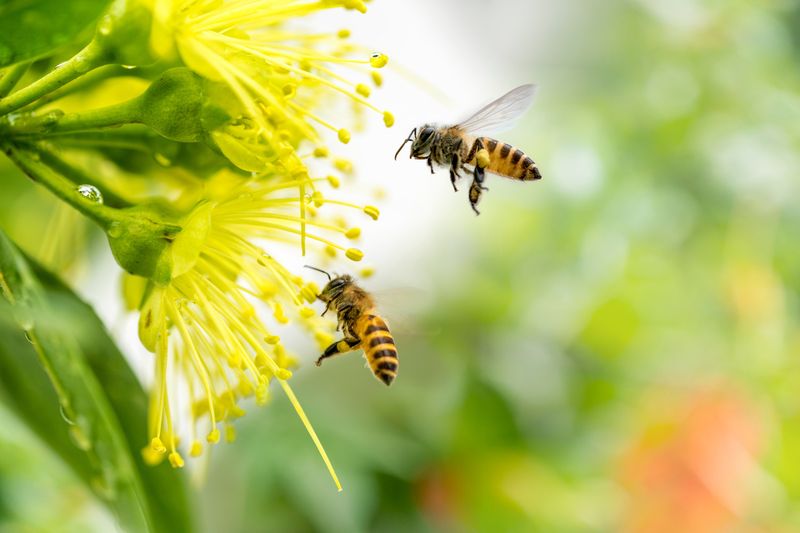
Frequent flyer miles champion! A honey bee can fly about 15 mph and visit up to 100 flowers during a single collection trip.
Collectively, bees from a single hive fly about 55,000 miles to make just one pound of honey. That’s more than twice around the Earth! Their wings beat 200 times per second, creating their distinctive buzz.
5. Ancient Sweet Tooth
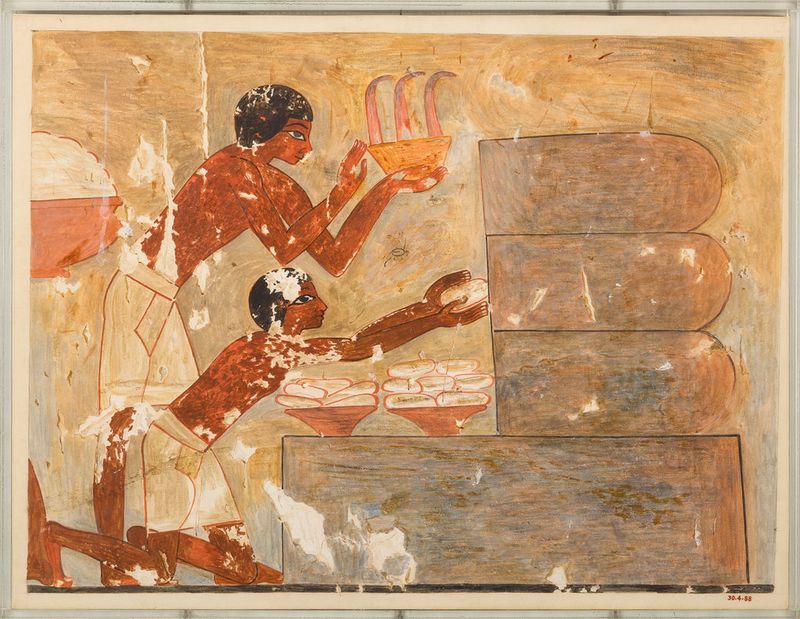
Honey has stood the test of time! Archaeologists discovered honey in Egyptian tombs that was over 3,000 years old and still perfectly edible.
Humans have been harvesting honey for at least 8,000 years, as shown in ancient cave paintings. It’s the only food produced by insects that humans regularly consume.
6. Memory Masters
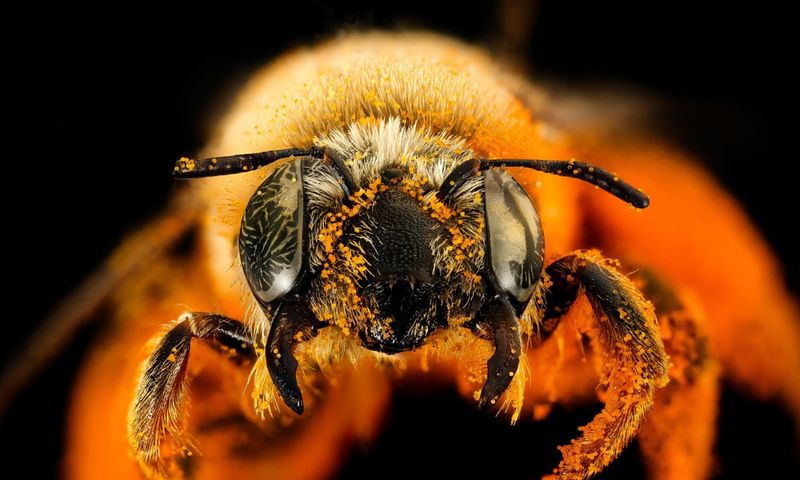
Small brain, big memory! Honey bees can recognize human faces, remember good nectar sources, and even understand abstract concepts like “same” and “different.”
They learn from watching other bees and can remember the best foraging routes for days. All this brainpower comes from a brain about the size of a sesame seed!
7. Bee Air Conditioning
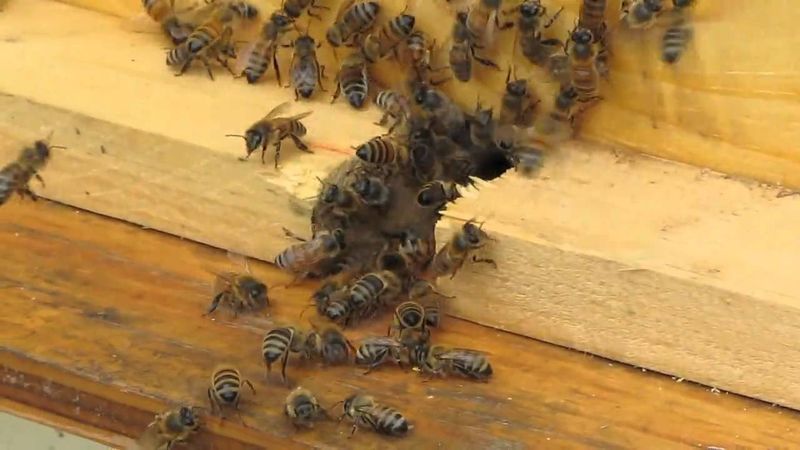
Natural climate control experts! When a hive gets too hot, worker bees collect water and spread it throughout the hive.
Other bees then fan their wings to create air currents that evaporate the water and cool the hive. During winter, they cluster together and vibrate their flight muscles to generate heat without flying.
8. One-Time Stingers
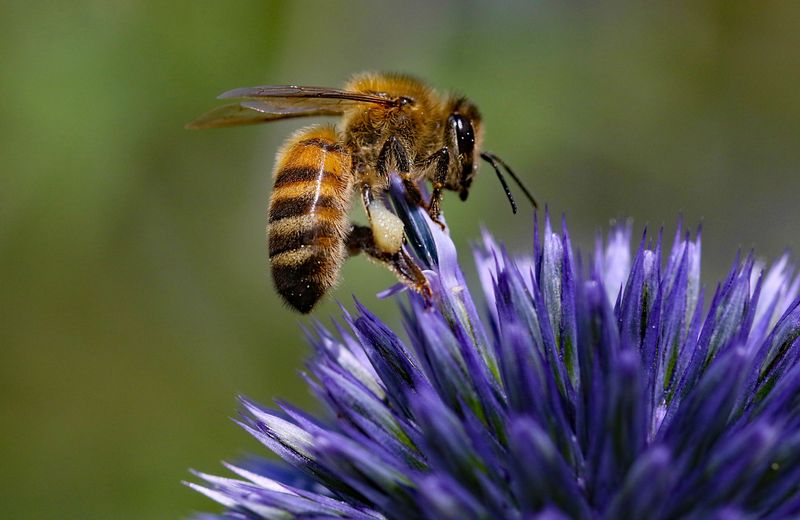
The ultimate sacrifice! When a honey bee stings a mammal, its barbed stinger gets stuck in the skin and tears away from the bee’s body, killing the bee.
This isn’t true when they sting other insects, though. The stinger can be withdrawn safely from insects’ exoskeletons, allowing bees to sting multiple times during battles with wasps or other invaders.
9. Hexagon Honey Homes
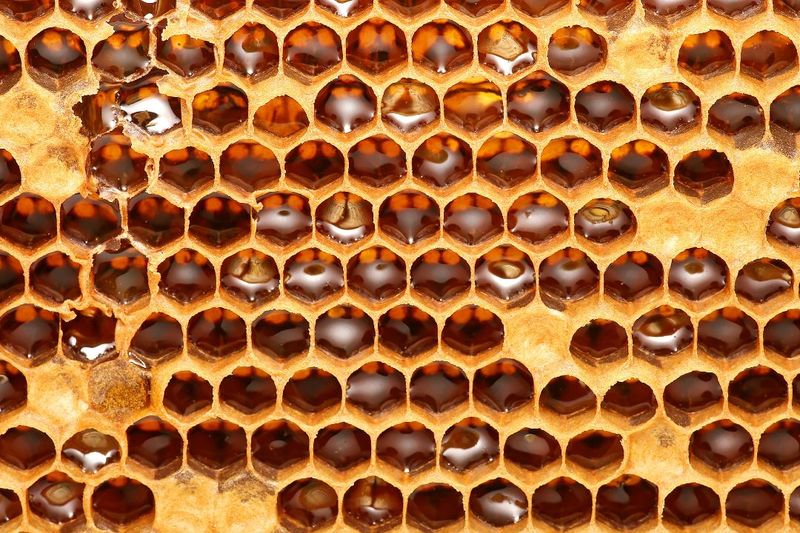
Geometry geniuses! Bees build perfectly hexagonal honeycomb cells that maximize storage space while minimizing the wax needed for construction.
This hexagonal structure is incredibly strong and can hold up to 30 times the bees’ weight in honey. Scientists studying structural engineering still marvel at the mathematical precision of honeycomb architecture.
10. Bee Democracy
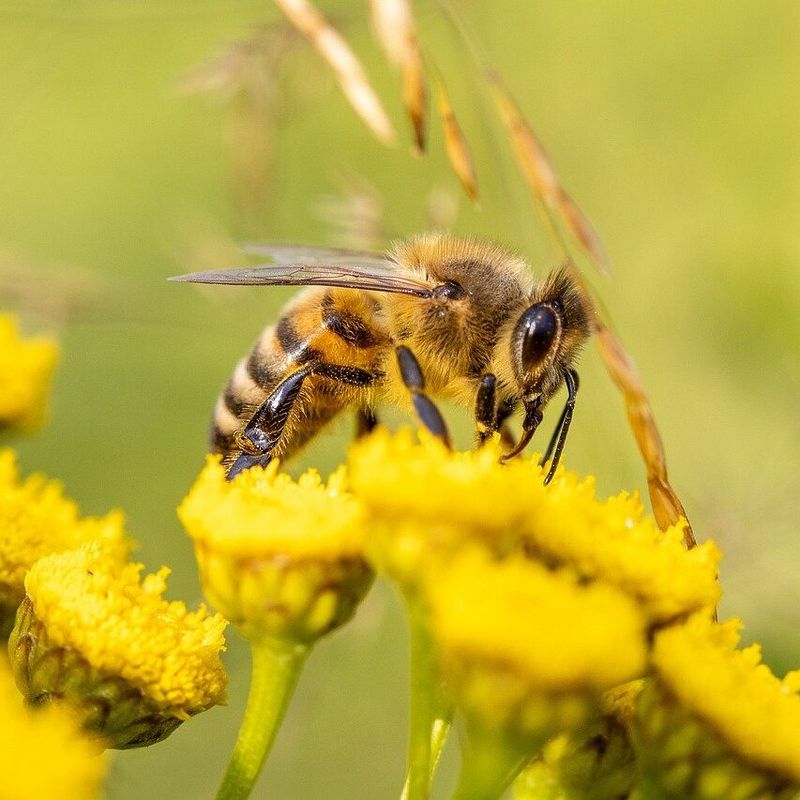
Voting without ballots! When honey bees need a new home, scout bees search for suitable locations and return to perform dances indicating their findings.
The more enthusiastic the dance, the better the location. Other scouts check out these spots and join the dance if they agree. The location that attracts the most dancing bees wins the colony’s vote!
11. Bees’ Brilliant UV Vision
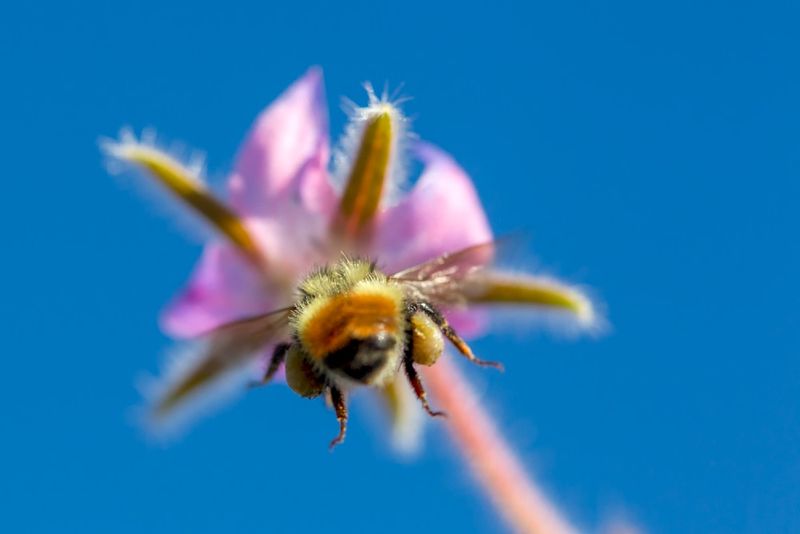
Secret flower patterns! Many flowers have ultraviolet markings invisible to humans but bright as neon signs to bees.
These markings often form “landing strips” guiding bees to nectar sources. Some flowers even change their UV patterns after pollination, signaling bees to visit unpollinated blooms instead. It’s like having a special flower roadmap!
12. Medicinal Honey Powers
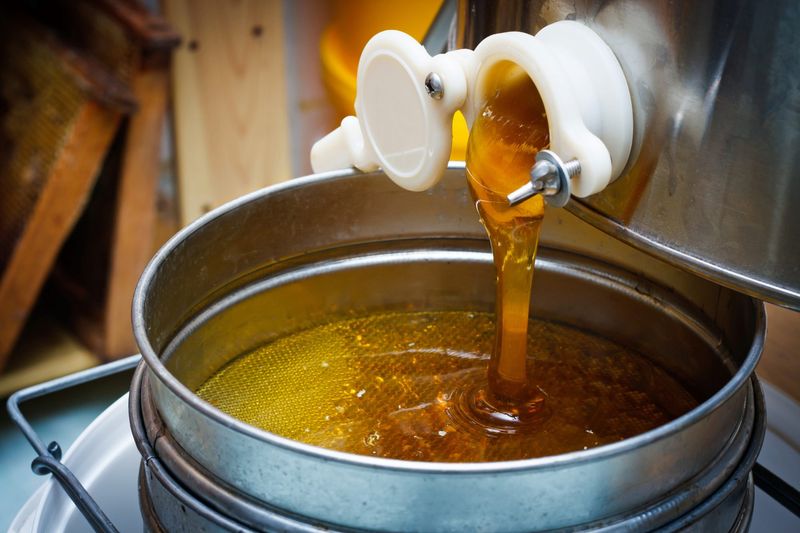
Nature’s medicine cabinet! Honey contains antimicrobial properties that have been used for thousands of years to treat wounds and burns.
Modern medicine has rediscovered these benefits, with specialized medical-grade honey now used in hospitals worldwide. Its unique combination of hydrogen peroxide, acidity, and osmotic effect makes it effective against antibiotic-resistant bacteria.
13. Lifelong Workers
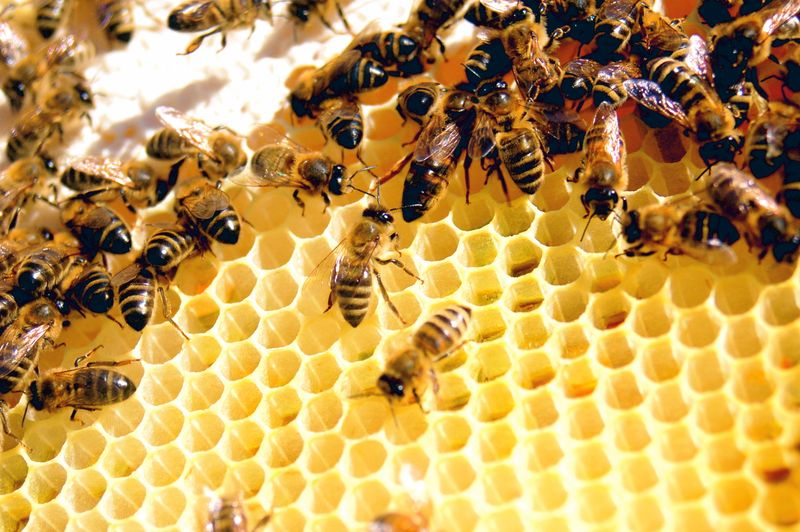
Career changes on schedule! Worker bees cycle through different jobs as they age. They start as cleaners, then become nurses caring for larvae, then food processors, then wax producers building combs.
Later they become guards protecting the hive entrance. Finally, at about three weeks old, they graduate to field duty as foragers collecting nectar and pollen.
14. Propolis: Bee Antibiotics
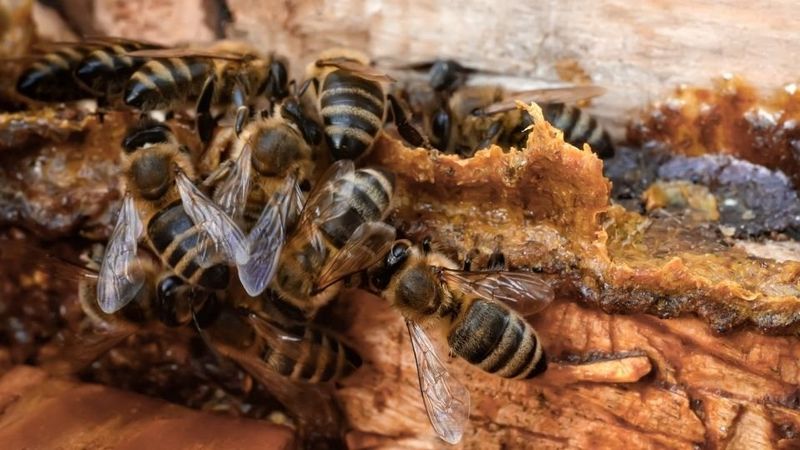
Natural pharmacy! Bees collect sticky resin from tree buds and bark, mix it with wax and saliva to create propolis – a natural antibiotic that protects their hive.
They use this “bee glue” to seal unwanted openings, embalm intruders too large to remove, and create a sterile environment. Humans now use propolis in natural medicines and cosmetics.

